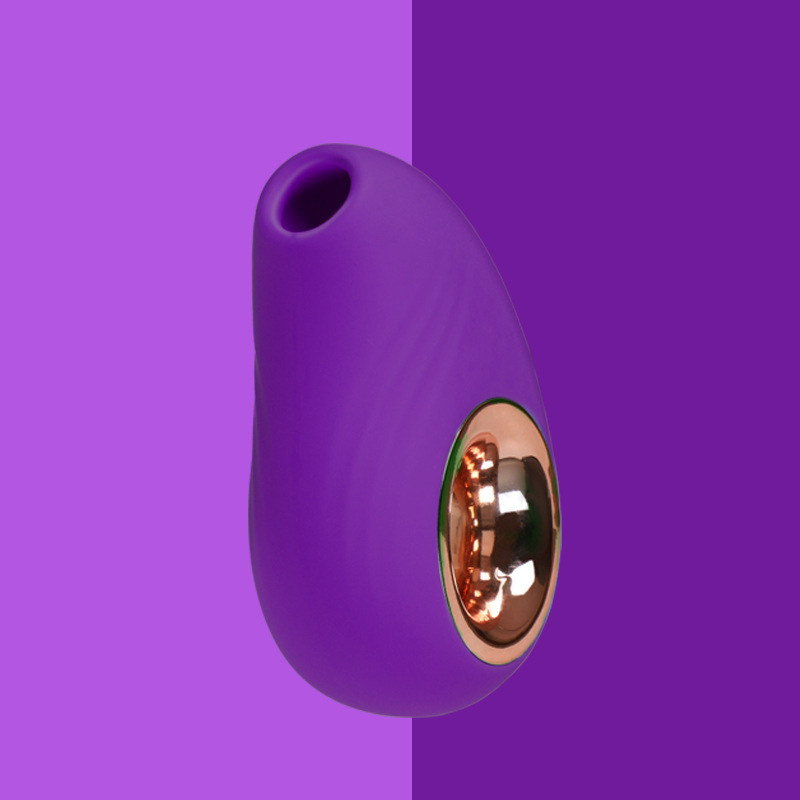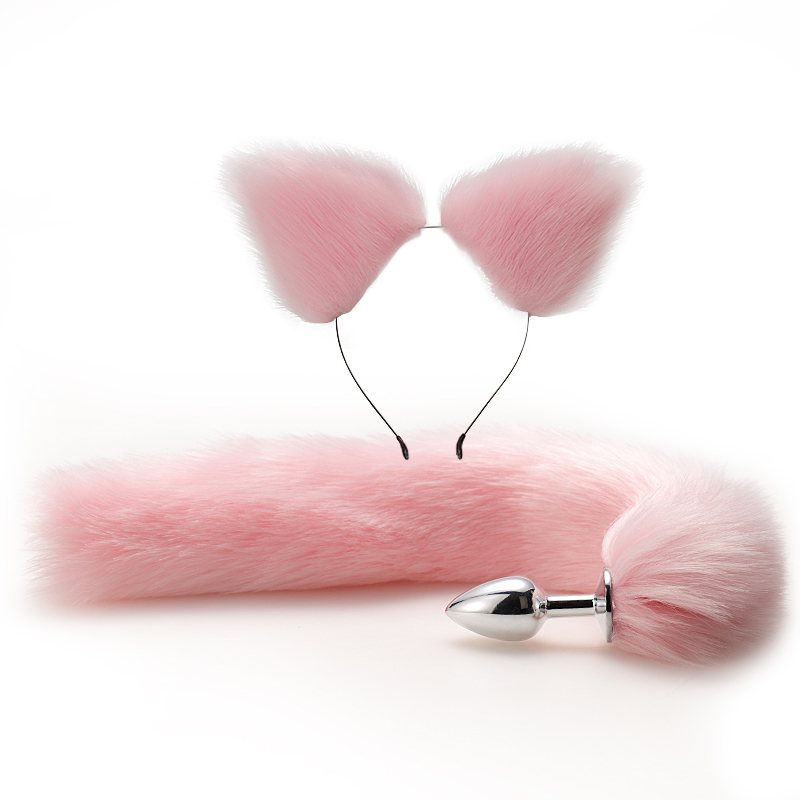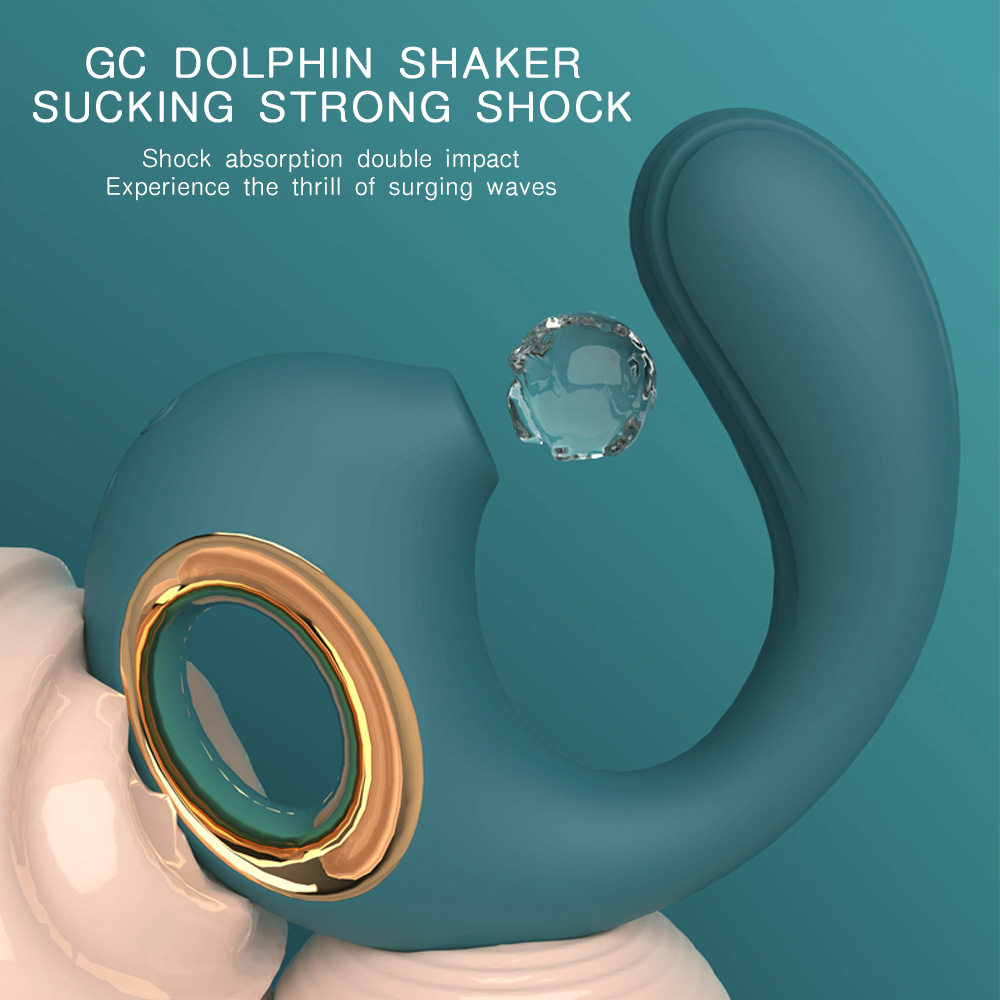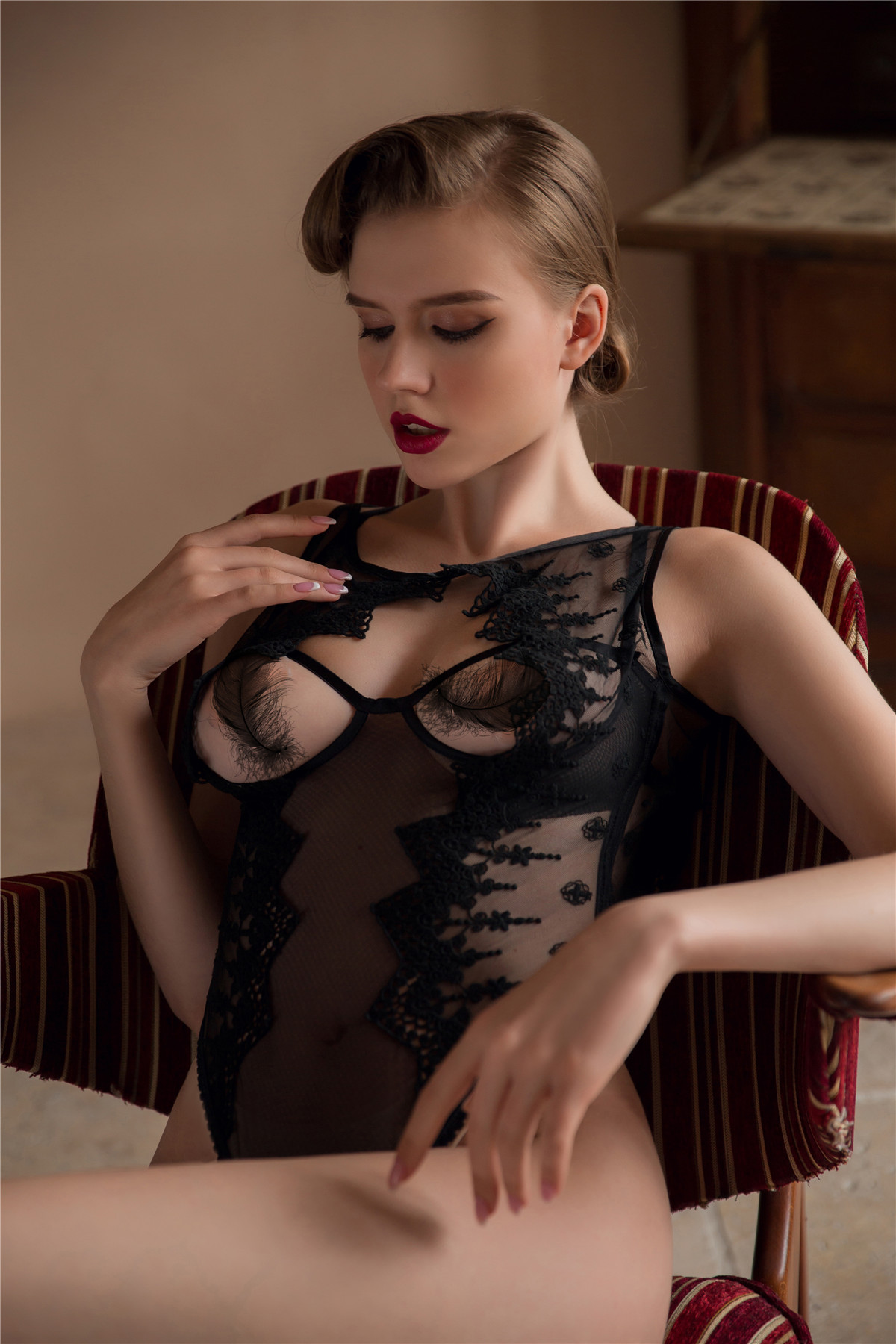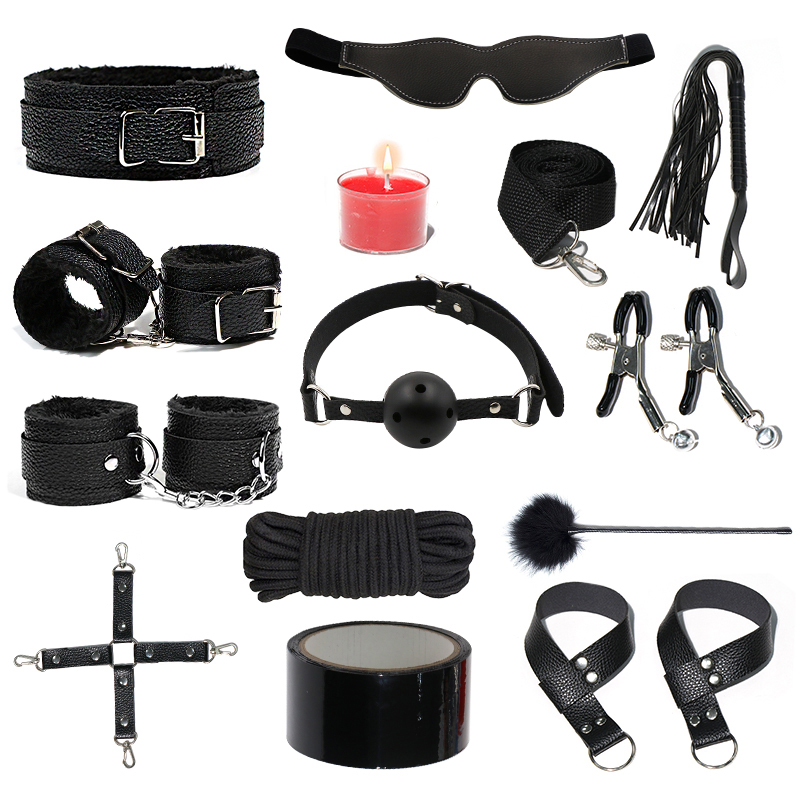
Curious About Bondage? 9 Things You Must Know Before You Begin
Bondage is often misrepresented as extreme or taboo—yet many high-ranking beginner guides (e.g. Self’s “Curious About Bondage? 9 Things You Need To Know”) emphasize that restraint play can be safe, sensual, and deeply emotional when approached with care. Diose welcomes that conversation. Here’s your updated, practical playbook.
1. Consent Is the Cornerstone
Before any restraint is applied, partners must openly communicate boundaries, desires, and safe signals. BDSM experts consistently highlight the importance of safe words (“yellow” to slow, “red” to stop) as non-negotiable elements of trust
2. Start Small with Soft Restraints
You don’t need rope or elaborate setups to begin. Beginner-safe kits often include padded velcro cuffs, soft ties, and blindfolds—gentle enough to avoid injury or intimidation. These help you feel grounded and in control
3. Understand Why Bondage Feels Empowering
Studies show light, consensual restraint can reduce anxiety and enhance intimacy through deliberate power exchange and heightened sensory focus.For many women, bondage is about presence—not pain.
4. Real Concerns Women Face (And Soft Solutions)
Common fears include injury, discomfort, or feeling exposed. That’s why Diose designs tools prioritizing comfort, adjustability, and ease of release—no locking mechanisms, padded straps, no rough edges. These remove entry barriers for many users.
5. Check for Physical and Psychological Safety
Safety is proprietary. Look for gear that avoids cutting circulation, allows free removal, and supports communication. Even a scarf or scarf-style tie can work if used intentionally and carefully
6. Bondage Positions You Can Try First
Begin with restraint of one body part—such as wrists or ankles. Avoid full-body spread poses at first. You can experiment without escalation. Wikipedia lists common positions that allow sensation without sensory overload
7. Self-Bondage: Explore Solo with Caution
Some women explore sensory play alone using soft cuffs or blindfolds. While solo bondage can heighten presence, it carries risk without a release mechanism or observer. Do not try advanced self-bondage without safeguards
8. Aftercare Is Emotional First Aid
Bondage experiences can be emotionally intense. After the scene, share space, hydrate, speak kindly, or sit in silence. A consistent aftercare routine builds trust and emotional safety for future experiences.
9. Choosing Beginner Gear—Why Diose Soft Sets Work
At Diose, we offer:
-
Adjustable cuff + tie + blindfold starter sets
-
Material quality: soft vegan suede or silk-lined fabric
-
Intentional design: no-step instructions, visual guides
-
Emotional support: bloged preparation tips, conversation prompts
Our gear reflects ongoing feedback from users new to bondage who needed vibrational pleasure balanced with emotional respect.
Gentle Restraint, Deep Connection
Learning bondage is not about intensity—it’s about understanding trust, cultivating communication, and exploring sensation in a safe container. For women navigating curiosity, emotional fatigue, or body disconnection, gentle restraint can become a ritual of presence.
With Diose tools, you choose respect, clarity, and safety—not fantasies of pressure or performance.
Explore our curated beginner sets on theDiose homepageor reach out to us via ourcontact pagefor guided suggestions. You don’t have to know how to do it—you just need to do it with care.


